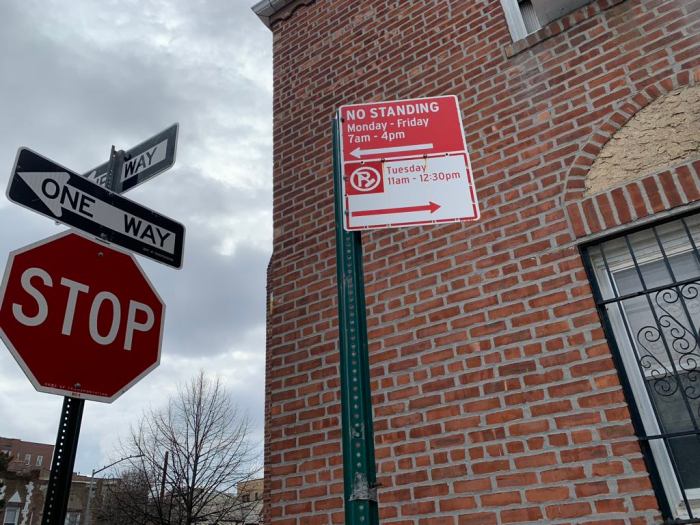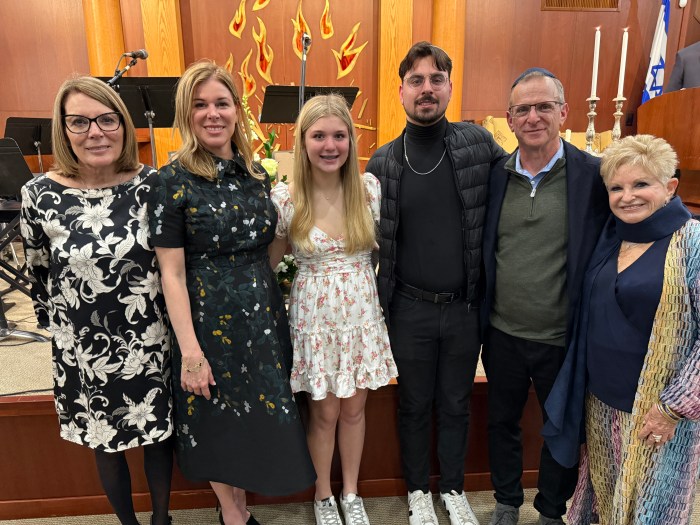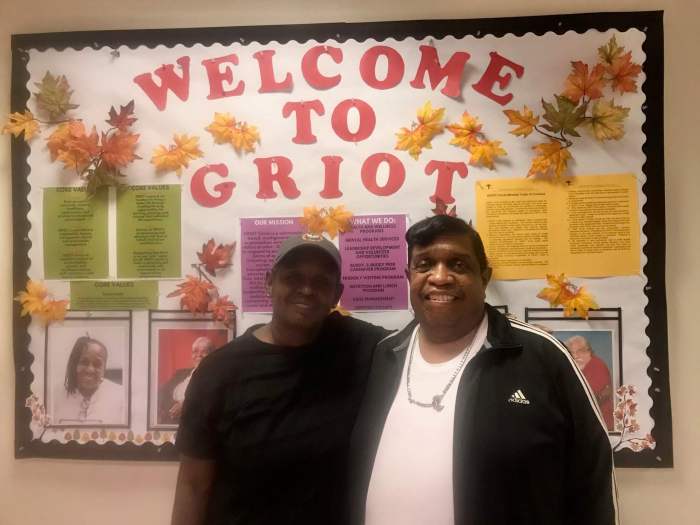
Shovels hit the dirt this Wednesday for the ceremonial groundbreaking of a new center at the American Museum of Natural History, capping off a long battle over a stretch of greenspace behind the fabled Upper West Side institution.
Even as construction starts on The Richard Gilder Center for Science, Education, and Innovation, a group of local residents promised to hold the museum to its promise that Theodore Roosevelt Park would not be lost in its expansion.
“It’s a place of quiet respite,” said William Raudenbush, chairman of Community United to Protect Theodore Roosevelt Park, which unsuccessfully sued the museum to halt development of the Gilder Center. “If it becomes pretty jam-packed, it will be a big loss for a lot of people.”
According to museum officials, the center is designed to be “a major new resource for science education for all New Yorkers and visitors from around the world” with exhibit and learning spaces employing state-of-the-art technology.

A first-floor Insectarium features lives insects and visitors can get up close with butterflies at a year-round Butterfly Vivarium. Specialized classrooms are being designed to serve students of different age groups.
The five-story structure is expected to span about 230,000 square feet, but officials said about 80 percent is space already occupied by the museum. Three existing museum buildings are being taken down to make room for the center.
While the museum said only about a quarter acre of the new center is located on current parkland, Raudenbush said he believes the actual impact is going to be significant.
“I don’t expect people to teleport into the museum,” he said. “They will be queuing up. We always thought one of the biggest problems was the crowds.”
The American Museum of Natural History already lures about 5 million visitors every year for its spectacular dinosaur skeletons, wildlife dioramas, planetarium and rare gems.

Local residents say the lush lawns and trees that surround it are also vital to the community, even with Central Park only down the block.
“Like so many of our neighbors, we’re passionate about Theodore Roosevelt Park,” the museum told amNewYork in a statement. “We are committed to supporting ongoing maintenance of the park, and as part of the Gilder Center project, there will be significant improvements made—including increasing the amount of publicly accessible open space and providing additional seating and gathering areas.”
The debate highlighted how passionate New Yorkers are about their parks and that even a beloved museum does not get a pass when it comes to encroaching on that space.
Community United argued the plans to build the center should have gone through the city’s formal land review process and a more stringent environmental review.
Tennis legend Billie Jean King, who lives in the neighborhood, added her voice to the cause earlier this year when she appeared at a rally with the group.
“It’s important to keep this open space free and accessible,” she said in a video released by the group.
The city Parks Department, which owns the property, approved construction of the center with several provisions for the museum, such as restoring parkland that is inaccessible during construction, allocating money for maintenance and opening up temporary access and a path from Columbus Avenue.
“Throughout the construction process, the museum will be doing everything possible to minimize inconvenience, and along with Community Board 7, it has established a community Construction Task Force, comprised of representatives from neighborhood groups,” the museum statement said.
Raudenbush said he believes community members who were opposed to construction of the Gilder Center are ready to work with the museum to preserve access to the park.
“It’s time to come together,” he said. “We can’t pretend the project is not going to have an impact.”



































